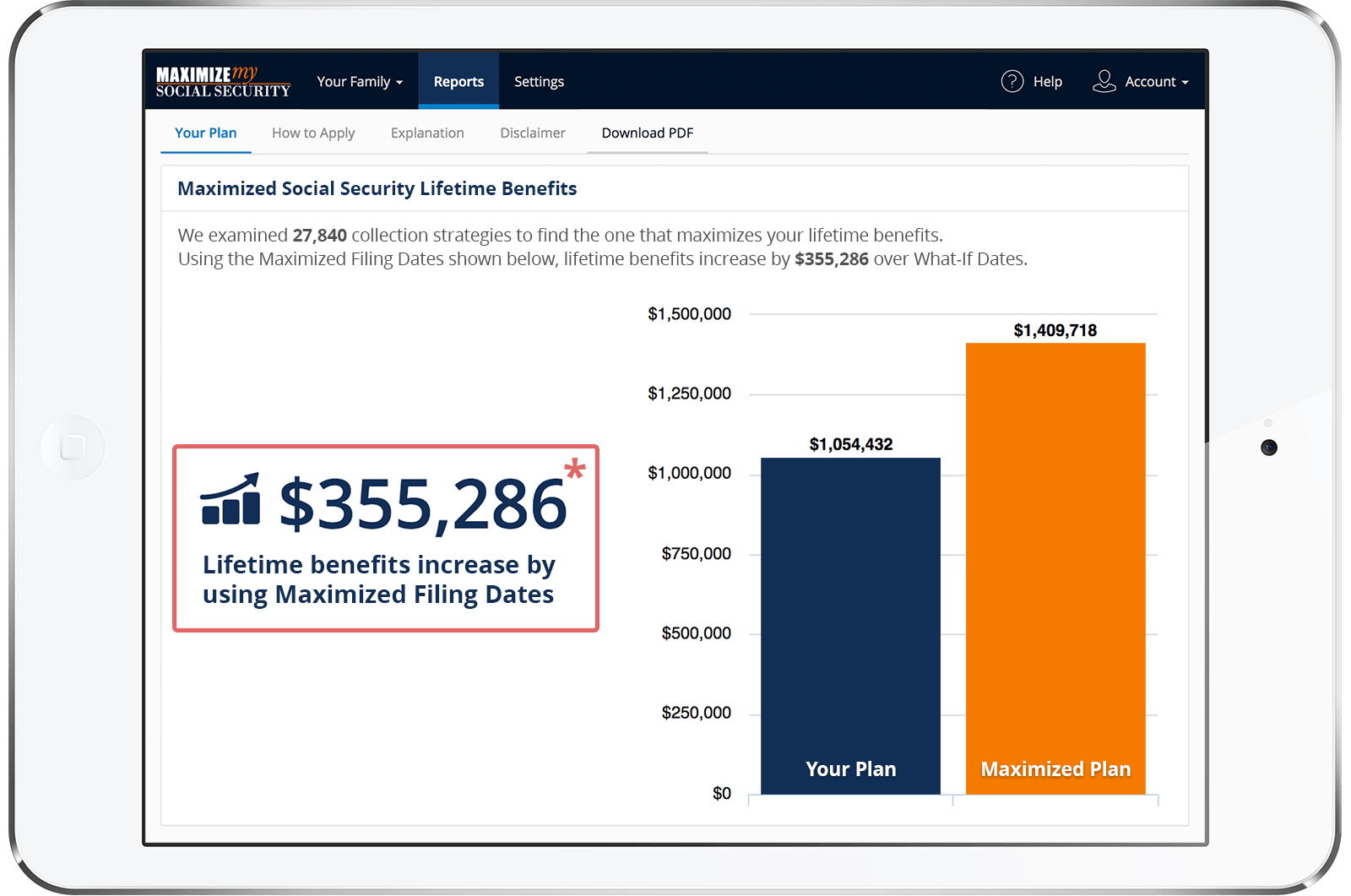My husband and I moved to the U.S. over 20 years ago from Canada. My husband is now receiving Social Security retirement benefits and benefits from Canada Pension Plan. He delayed SS until age 67, but has some of his benefits reduced due to windfall elimination. I know my spousal benefits will be half of what he would have been entitled to at age 65, after the reduction from windfall elimination. At the time my husband applied for SS, his WEP reduction was determined on what the Canadian dollar was worth at that time, compared to the U.S. When I receive my spousal benefits, will they go back to the year he turned 65 to determine the exchange rate and base the deduction for my spousal SS on that, or will they just use the deductions that were determined using the exchange rate when he applied at age 67?
I have worked in the U.S. sporadically as a tutor. I have only 37 credits towards my SS and will be applying for spousal benefits in a few months as I will be turning 66 soon. I am also eligible for a small Canada Pension benefit.
Will my spousal Social Security be reduced because of my Canadian pension? I know that my spousal SS will already be affected due to my husband's reductions. I am not planning to collect my Canadian pension until I turn 70, so I will not be receiving any Canadian Pension when I apply for spousal SS.
I would also like to know if it would be beneficial to try and make up the remaining credits needed to get to 40? If I don't, will the totalization agreement kick in if I don't apply for my Canadian pension until I am 70. Either way, my own SS benefits will amount to less than $200 per month. Are there any benefits to making up the credits?Thank you
Hi,
I need to start out by addressing your last question first. Even if you don't earn the additional quarters of coverage that you need to qualify for regular U.S. Social Security retirement benefits, it sounds like you already have enough credits to qualify for a totalization benefit. The totalization agreement between the U.S. and Canada allows the U.S. Social Security program to credit you for your work in Canada in order to potentially make you eligible for a totalization benefit. In order to be eligible for a U.S. totalization benefit, you must have at least 6 quarters of U.S. Social Security coverage (QC), but fewer than 40 QCs.
If you qualify for a U.S. totalization benefit based on your combined work in the U.S. and Canada, your benefit rate will be calculated using a specified formula (https://secure.ssa.gov/apps10/poms.nsf/lnx/0201701200). Your Canadian earnings would not be used in the calculation, though. The Windfall Elimination Provision (WEP) doesn't apply to totalization benefits, so if you qualify for a totalization benefit it won't be affected by your Canadian pension. On the other hand, if you do earn at least 40 U.S. QCs, you'll qualify for regular U.S. Social Security retirement benefits. WEP would then potentially affect your benefit rate, but not until you start drawing your Canadian pension.
I have no way of knowing how much your own benefit rate may amount to, whether it ends up being a totalization benefit or not. The important thing to understand, though, is that you can basically only be paid essentially the higher of your own benefit rate or your spousal rate. If 50% of your husband's primary insurance amount (PIA) is more than your own PIA, then what you'll be paid is your own benefit rate plus an excess spousal rate. The unreduced excess spousal rate would be calculated by subtracting your PIA from 50% of your husband's PIA, so assuming that you start drawing benefits at your full retirement age (FRA) your combined benefit rate will add up to 50% of your husband's PIA. That's true regardless of whether you end up getting a totalization benefit, or a regular U.S. Social Security retirement benefit that's reduced by WEP. A person's PIA, by the way, is equal to their U.S. Social Security retirement benefit rate if they start drawing at full retirement age (FRA).
Social Security won't use the foreign exchange rate in effect at the time you apply for spousal benefits to calculate those benefits. Any WEP reduction applied to your husband's PIA would have been calculated using the foreign exchange rate in effect in the first month that he was entitled to both his Canadian and U.S. benefits. Your husband's PIA can't be adjusted based on changes in the foreign exchange rate that occurred after he filed for his benefits, so the foreign exchange rate at the time you file for spousal benefits will be irrelevant when calculating your spousal rate.
WEP doesn't directly apply to spousal benefits, so the only effect that WEP would have on your spousal rate would relate to the amount that your husband's PIA is reduced due to WEP. That in turn would reduce your spousal rate since your spousal rate is derived from a percentage of your husband's PIA. Spousal benefits can be affected by the Government Pension Offset (GPO) provision (https://www.ssa.gov/pubs/EN-05-10007.pdf), but foreign pensions don't count as government pensions for purposes of the GPO provision. So, drawing your Canadian pension won't have any adverse effect on your U.S. spousal benefits.
You may want to consider using our software (https://maximizemysocialsecurity.com/purchase) to help you with your planning. The software is programmed to handle WEP calculations, but it doesn't calculate totalization benefits. The software would, though, allow you to enter projected future earnings so that you could calculate how much your own benefit rate would be if you reach 40 QCs.
Best, Jerry
